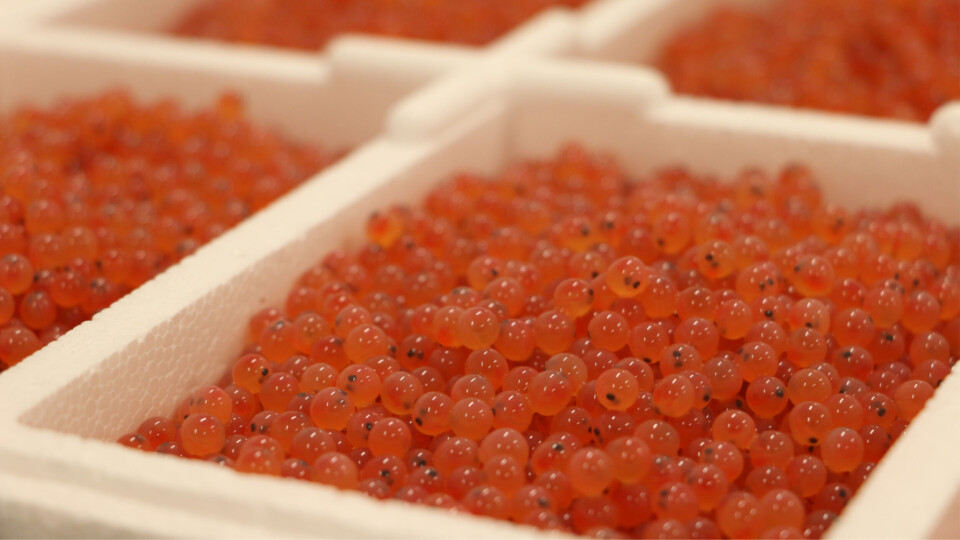
Genetic discovery points the way to flavobacteriosis-resistant salmon
A team of aquaculture researchers has made a significant breakthrough with the identification of two new genetic markers that indicate greater resistance to a bacterial infection in Atlantic salmon.
In a project backed by the Sustainable Aquaculture Innovation Centre (SAIC) and led by ova supplier AquaGen Scotland, the consortium has been exploring the genetics that determine whether fish are resistant to Flavobacterium psychrophilum, a bacterium which can lead to health issues in salmon fry.
Consortium partners include the University of Stirling’s Institute of Aquaculture, trout farmer Dawnfresh, and salmon farmer Cooke Aquaculture Scotland. AquaGen’s contribution also includes input from its Norwegian parent company.
Selective breeding
The scientific milestone is expected to pave the way for selective breeding programmes, which could boost the health and welfare of farmed Scottish salmon by breeding new fish from parents that possess the genetic resistance markers and are, therefore, expected to display increased resistance to the bacteria, SAIC said in a press release.
Flavobacteriosis – the disease caused by the bacteria – can be a particular threat to smaller, juvenile fish and is a widespread challenge for the aquaculture sector, with infections also reported in Chile, Norway and Canada.
Current prevention and treatment programmes are limited – vaccination by injection cannot be used due to the size of the fish and, as the sector continues to move away from antibiotic treatments, a genetic breakthrough could hold the key.

70,000 markers tested
Andy Reeve, managing director at AquaGen, said: “Continual improvements in fish health and welfare are priorities for the aquaculture industry, to which robust stock suited to the farmed environment make an important contribution. Genetic markers for disease resistance, such as those discovered through this SAIC funded project, are valuable tools that can and will be immediately employed in breeding work.”
To identify the two genetic markers, more than 4,000 fish from AquaGen were tested for more than 70,000 genetic markers using a specially designed lab-based model, which mimics the natural infection route.
The next stage of the research programme is to conduct field trials at one of Cooke Aquaculture’s sites using salmon eggs specifically selected by AquaGen. It is hoped that in the event of a natural outbreak of the bacterial disease being detected, these fish can be tested to validate the effect of the genetic markers.
Highly encouraging
SAIC chief executive Heather Jones said: “The interim results of this R&D project are highly encouraging and point towards a new, sustainable approach to tackling a common health issue reported in young salmon.
“One of the most valuable outputs of collaborative innovation projects is the wealth of knowledge that can be shared across the entire sector and findings like this have the power to make a big difference to fish health and welfare.”
Dr Rowena Hoare, research fellow at the Institute of Aquaculture, said: “Flavobacteriosis is known to be problematic for salmonid culture in freshwater globally for decades. This project has shown how fruitful it can be to combine the expertise of academic and industry researchers to address a complex and economically important disease.”























































